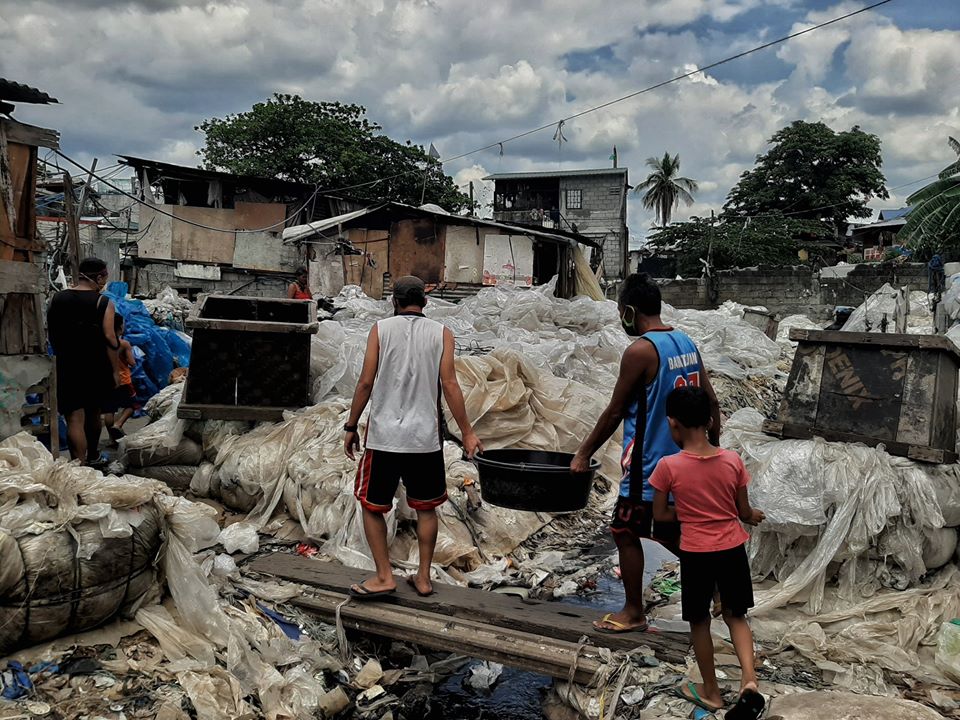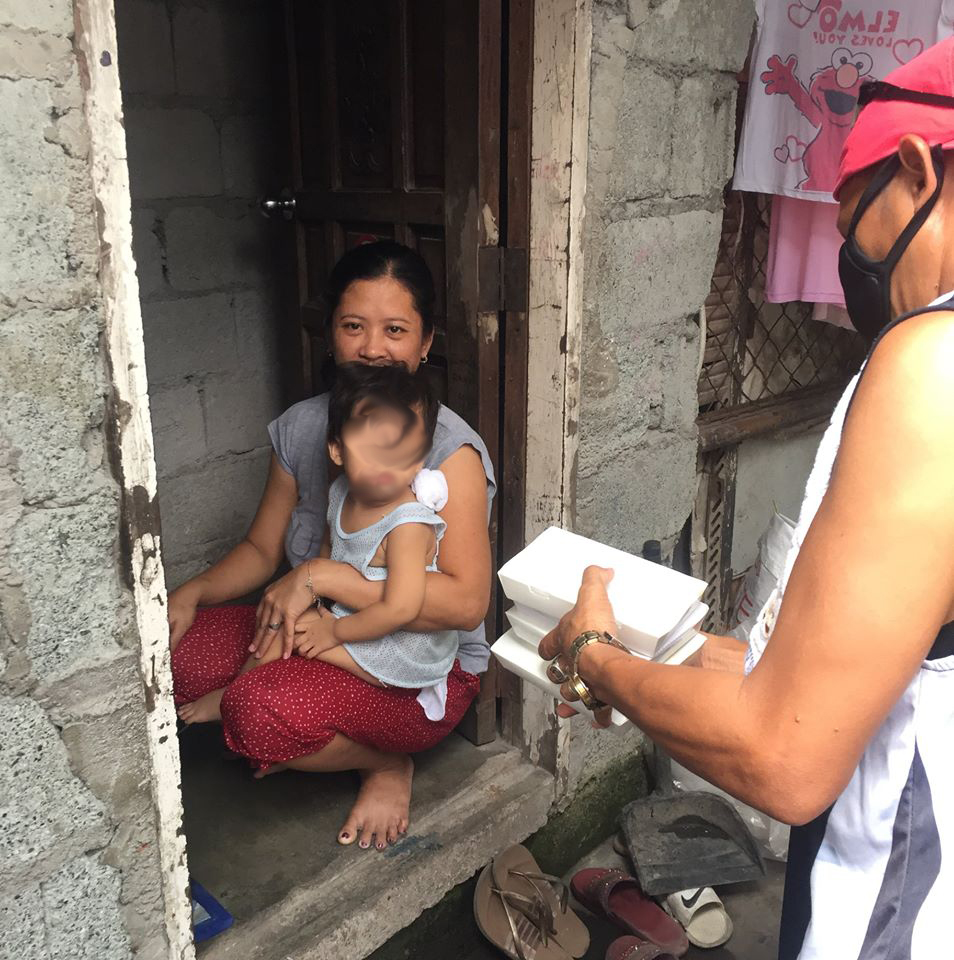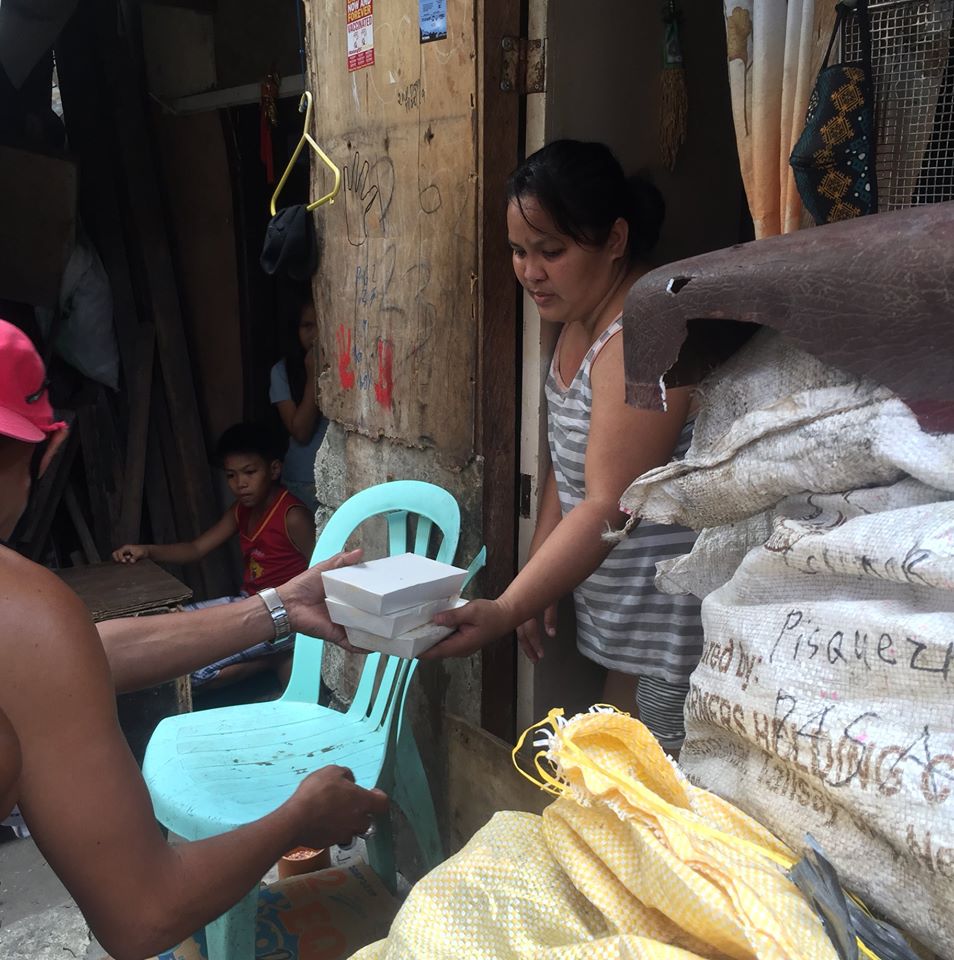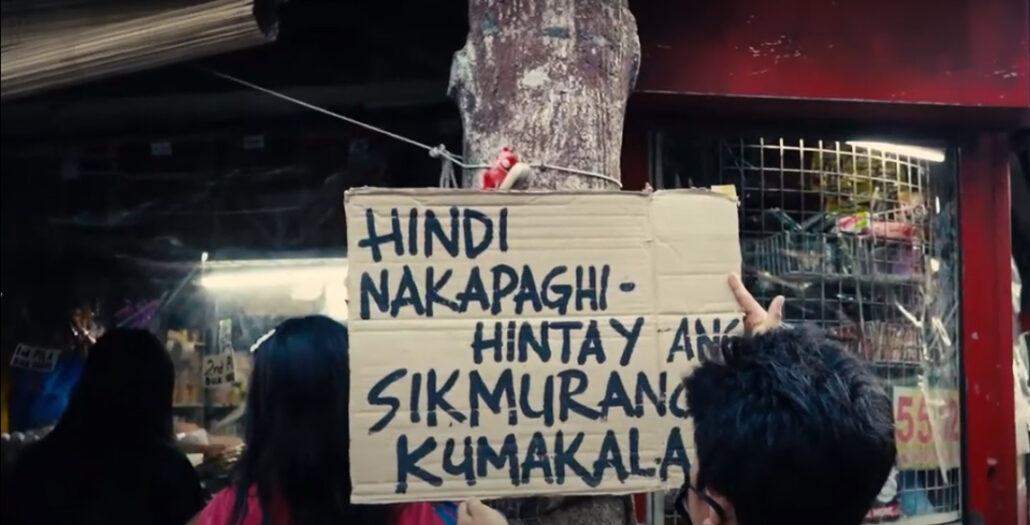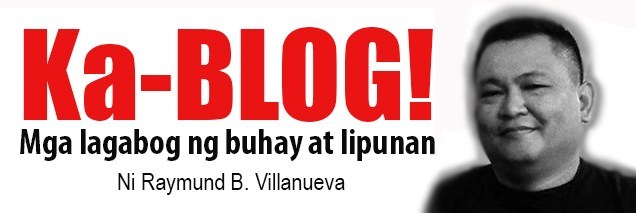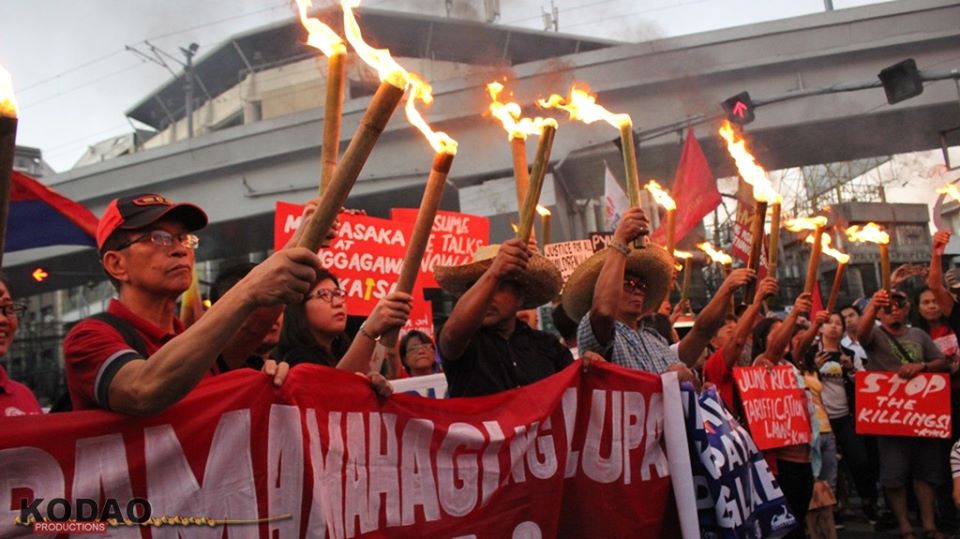Covid 19, the Neo-liberal policies and Chinese Imperialism (Part I)
By Prof. Edberto Malvar Villegas, PhD
(This article is presented in two parts and will be given in three posts. The first part covers “Covid 19 in the Phillippines”, “The Imperialist Neo-Liberal Policies of the IMF-WB-WTO”, and the “The Neo-Liberal Policies and US Overproduction”. The second part comprises “The Emergence of Chinese Imperialism”, “China’s AIIB”, “China’s Debt Trap”, “The US-China Rivalry and Covid 19” and the “Conclusion”. While the rapid spread of Covid 19 in the Philippines is due to its poor health system because of the policies of the IMF-WB, the virus was directly caused by the easy entry of Chinese nationals into the country due to the too open accommodation of the Duterte’s administration of Chinese imperialism.)
Covid 19 in the Philippines
The Covid 19 pandemic has put into full light the long neglect of the Philippine government of its health system because of its strict adherence to the neo-liberal policies of deregulation and privatization initiated by the Group of 7 capitalist nations, led by the United States, in the developing countries, starting in the latter 1970’s. Private hospitals in the Philippines, which purchase their drugs and other medical supplies from the foreign multinational companies (MNCs) have continuously increased their prices, as the government has abided by the deregulation policy. Hospitalization for an ordinary Filipino worker costs three months or more of his monthly wages. Even government hospitals like the Philippine General Hospital ], because of government low priority for health, have hiked their fees and reduced the number of their free patients to still remain viable. Further, the Duterte government is planning to privatize 33 out of 72 government hospitals like the National Orthopedic Center, the National Center for Mental Health, the Eastern Visayas Regional Medical Center, Dr. Jesus Fabella Maternity Hospital and others. (InquirerNet) These policies of deregulation of prices and eventual privatization of public hospitals have compromised the quality of health services extended to the general public so that when Covid 19 came roaring into our shores, brought by Chinese tourists, there was a dire lack of PPE (personal protective equipment) like face masks and shields, long sleeve gowns, gloves and respirators for health workers. Ventilators and hospital beds for Covid 19 patients were inadequate. Testing for the virus was also very limited so that people may not even be aware that their neighbor is already Covid positive.
The Philippines due to its unprepared health system, coupled with the gross incompetence of Duterte has become No. 1 by April 15, 2020 with Covid positive people in Southeast Asia with 5,222 cases and 335 deaths followed by Malaysia with 4,917 cases and 77 deaths. (Statista) The martial-law like implementation of the enhanced community quarantine (ECQ), only in the Philippines, has added more sufferings to the inhabitants of Luzon apart from the high costs of hospitalization if they catch the virus.
The low regard of the Philippine government for the health of its people compared to its payment of foreign debts is shown by the constant decrease of its health budget through the years. For example, from 2016 to 2020, the health budget declined by 11% from P113 billion to P101 billion. (Department of Health [DOH] website) The DOH’s measly P101 billion budget in the 2020 General Appropriations Act is far below that of the payment for interest alone for foreign and local debts of P451 billion and the budget for the Armed Forces at P192 billion in the same year.(2020 national budget) In the Philippines there is only one doctor to every 33,000 Filipinos when the required ratio should be 1 to 1000 and it is worse for the number of nurses at 1 to 50,000. Thousands of Filipino nurses and doctors go abroad to work since there is a lack of job opportunities in the country and salaries are very low. This is why six out of 10 Filipinos die without seeing a doctor. (IBON) Philhealth, which seeks to lower the costs of hospitalization, has been mired in corruption and some have even called for its abolition.
Private hospitals cannot be relied upon to meet the growing health needs of Fillpinos because their expertise are concentrated on the sickness of the rich like cancer and heart diseases and give less priority to contagious diseases like the Covid 19 pandemic which hit the poor the most. Infectious diseases fall under the category of public health concerns which government hospitals are supposed to be more expected to address. Private hospitals exist primarily to profit from the sick after all and not for public service. The inequity of Philippine society has come to the fore because of the Covid pandemic with more poor dying from it than the rich. This is further exacerbated because the costs of medicines in the Philippines are also the highest in Southeast Asia, benefiting the foreign pharmaceutical MNCs like Pfizer, Wyeth, Sanofi Aventis and Abbot that dominate the drug industry in the country.

The Neo-Liberal Policies of the IMF-WB-WTO
The reason why the International Monetary Fund and the World Bank, the implementers of neo-liberal policies in the Philippines, have demanded privatization and deregulation in the country’s health system is that these financial institutions, both dominated by US capital, want the government to prioritize the payments of foreign debts obtained from the Group of 7 nations. The priority for the defrayment of debts has been made legal by PD 1177, an obsolete law passed during the martial law regime of Marcos which should have long been abolished after EDSA I. This law allows the automatic appropriation for debts in the national budget so that if our debts grow so huge, there may be zero budget left for health and other social services like education and social welfare. This is why the government, in order to meet its debt obligations, has also squeezed more taxes like Train 1 and 2 (VATs required by the IMF-WB) from the masses since the rich has preferential treatment for decrease in taxes from the Duterte regime.
Among all nations, the Philippines has been the most obedient client of the International Monetary Fund (IMF) with 34 stand-by agreements with this institution (completed in 2002). The debts of the Philippines from the IMF-World Bank (WB)consortium has resulted in the high foreign debts of the country, reaching $83.7 billion at present (2020), which still includes the debts absconded by Marcos and his family and new loans from Chinese banks (to be discussed later). The Duterte government has borrowed the greatest percentage of our foreign debts during only its four years in office. (IBON)
Accompanying the stand-by agreements with the IMF are the structural adjustment programs (SAPs) dictated by the WB as conditions for new loans from it and the Fund and from their bank clubs, called the London club and the Paris club. Capitalist banks need to acquire profits from their surplus capital and those of their big depositors, the industrial and commercial capitalists, and they do this by lending this capital to other nations, particularly in the Third World for it to earn interests instead of just lying idle. Loans of surplus capital, particularly to other sovereign nations, also aid the capitalist countries to offset the falling rate of profit due to overproduction in the firms of the industrial capitalists. (To be discussed below) And the IMF-WB, their protector, make sure that those who borrow this surplus capital from capitalist banks and their investors will pay their debts on time. Thus, the stand-by agreements of the Fund and the SAPs of the Bank. The tie-up between the financial capitalists who own banks and other financial institutions with the industrial capitalists(commercial capitalists sell the goods of the industrial capitalists) is what constitutes the “financial oligarchy” or monopoly capitalism(imperialism).
The WB, various SAPs-covered industry, the energy sector, the financial sector and agriculture
The main thrust of these SAPs is trade liberalization in developing countries, aside from its policies of privatization and deregulation. Trade liberalization of goods was more fervidly pushed after the long-delayed founding of the World Trade Organization (WTO) in 1995. WTO became the third member of the capitalist triad, apart from the Fund and the Bank. The Philippine Agreement on Agriculture (AoA) in 1996 with the WTO has become the most oppressive of all the country’s trade agreements with the capitalist nations, killing local agriculture particularly the planting of staple crops of rice and corn, and pauperizing millions of Filipino peasants and farm workers. The capitalist nations, particularly the US, were dumping their surplus agricultural products on the Philippines to avoid overproduction. The increasing importation of rice by the country demanded by AoA eventually made the Philippines to become the no. 1 importer of this crop in the world by early 2000 in spite of its very fertile soil. There were extensive land conversions accompanying the AoA, favoring the comprador bourgeoisie in the real-estate business, like the Villars and the Ayalas, because agricultural lands were being turned into subdivisions and leisure places for the rich like golf courses and high-class resorts.

The Neo-liberal Policies and US Overproduction
The neo-liberal policies, particularly trade liberalization, were adopted by the capitalist triad due to the growing crisis of overproduction of goods of US monopoly capitalism or imperialism, which started to manifest itself again in the middle of the 1970’s after a lull of 25 years.(Brenner, 1998) After the war periods which ended in 1976, comprising World War II, the Korean and the Vietnam wars, the rate of profits of US corporations were falling by a worrying 40% caused by overproduction of goods as production for wars has ceased. It is always profitable for the US military industrial complex (MIC) or the American monopoly capitalists to have wars in the world so that they can sell their war materiel to the US government which cost so high. It is to be noted that during the US war with Iraq in 2003, the American economy grew by 4.3%, the highest after the lull and never attained since then. After hot war periods (the US MIC’s profit from the cold war with the USSR was less compared to the hot wars), in order to offset the continuing decline in their rates of profits, more and more US corporations and even other foreign corporations were turning to the financial market, particularly the stock market to sell and buy stocks and other financial papers, for their surplus capital to earn profits through credits. This is the reason why after hot wars, bubble economies grow and burst, victimizing ordinary people who also buy the stocks of the capitalists. The worst of such bursting after the 1929 Great Depression in the US caused by a plunge of stock values in Wall St. was the financial crisis of 2008, which also originated in Wall St., the center of world capitalist activities.
The growing poverty in the developing countries, which includes the Philippines, manifested, among other social factors, by the inaccessibility of the poor to affordable health care is due to the imperialist neo-liberal policies implemented by the IMF-WB. (From Adjustments Effects on Child Welfare, Cornia, 1990) In truth, there has long been a pandemic of poverty among the lower echelons of society in the developing countries as shown by the fact that in the Philippines alone, 85 children on the average die every day due to malnourishment, 31,000 per year, higher than from any contagious disease that has visited the country.(Save the Children. org) This is a foregone conclusion since the SAPs affecting the health systems and other aspects of society and the payments of their foreign debts cause the client state of the Group of 7 to suffer budget deficits and they are made to raise more taxes to continue paying their debts and to balance their budgets. The IMF stand-by agreements are euphemistically called by the IMF-WB as “stabilization programs” to attain supposedly stable economic fundamentals, meaning for governments to balance their budgets with savings to boot, the latter of course adding to the defrayment of foreign debts. #
(Part II: Covid 19, the Neo-liberal policies and Chinese Imperialism)
= = = =
The author is a retired Social Sciences Professor of the University of the Philippines-Manila and De La Salle University. He is also a novelist and an author of several books on many topics.

